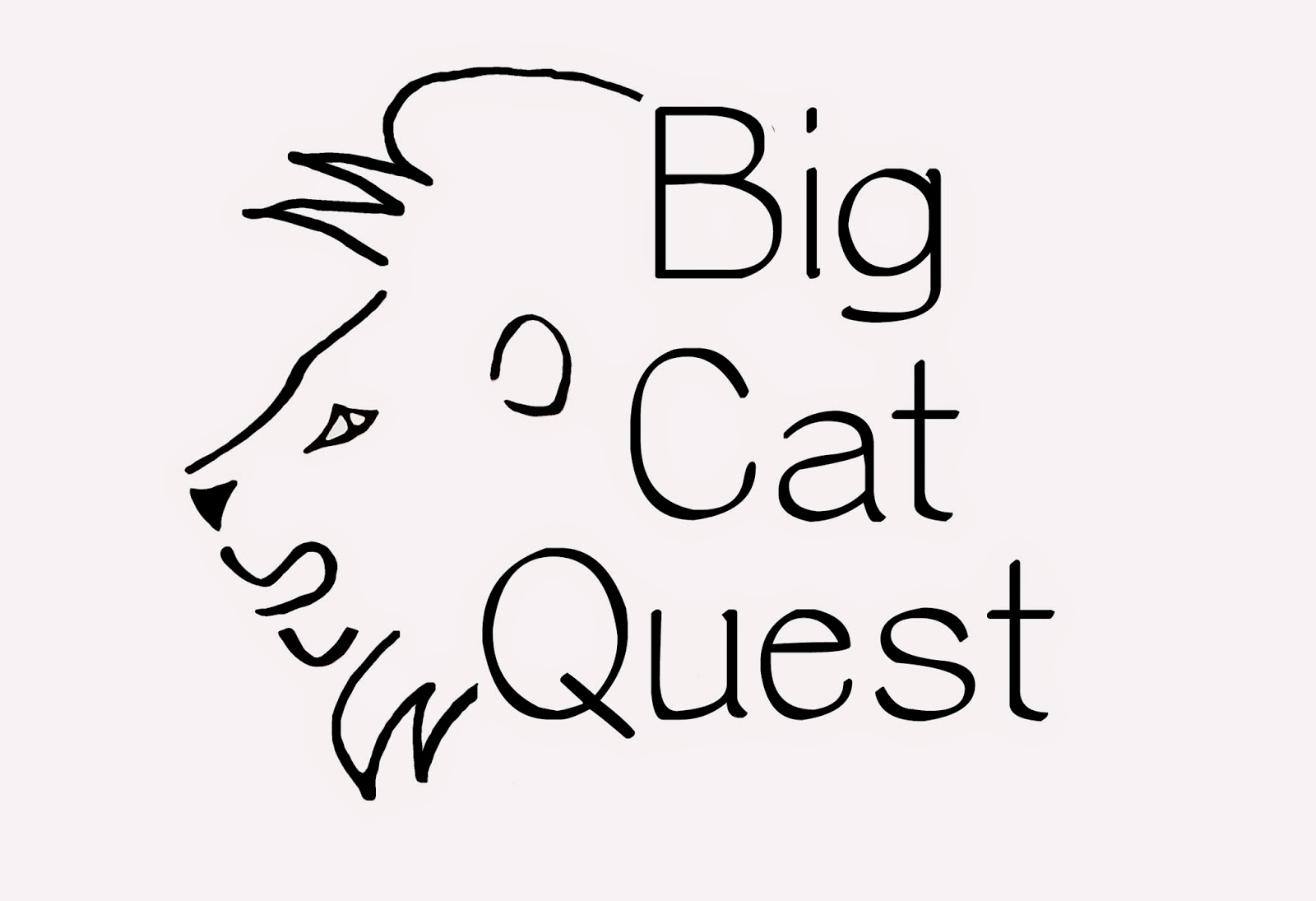A couple of hours ago I heard a dull thud. I'm the kind of naturalist who navigates the world by sound as much as by sight. As I sit at my desk the insistent tuk tuk of the starlings and the trilling of the sparrows alert me to the presence of a sparrowhawk or in summer a hobby over my house. Years ago a dear friend in Amazonian Bolivia remarked, as we walked through the forest calling a litany of antbirds, 'You don't look at them any more, do you.' I do look, but sound is often the cue which makes me.
This thud though was only natural by association. It was the thud on my doormat of Biology and Conservation of Wild Felids edited by David Macdonald and Andrew Loveridge, a distillation of decades of observation by many of the greatest knowers of wild cats in the world today. Why then this new, and costly, interest in cats?
It is not new. I saw my first wild cat almost twenty years ago, again in Bolivia, when a blackish jaguarundi bounded across the road in front of a 4WD which was bearing me to Parque Nacional Noel Kempff Mercado in northeast Bolivia, where I lived at the time. Shortly afterwards, leaving the camp at Los Fierros in the park, its red-throated piping-guans and bat falcons still loud in my ears, I saw my first big cat as a slender, dun puma strode onto the dirt track ahead of us, taking in that moment my heart for cats. Jaguar soon followed, on the bank of the río Paucerna, a river wholly contained within the park which takes its name from the local word for a dying culture which identifies itself as the Guarasugwe. When I lived in the region there were but a handful of speakers of the Guarasugwe language still alive, but many jaguars, in this incomparable place where Amazonia meets the Brazilian Shield.
Of cats, big and small, there came many others through the years, until I found myself somewhat specialised in them and in the landscapes they inhabit, particularly in South Asia. And when away from big cats, always they have roamed the landscapes of my mind.
Fastforward to April 2014. I was down, dulled, be-doldrum-ed. What, I thought to myself, should I do to fly free of these doldrums? I know, I'll do what any right-thinking naturalist would do: I'll try to see all of the big cats in a year. So I picked up the phone to Naturetrek where the good folks have played no small role in my acquaintance with big cats, big landscapes and much other phenomenal wildlife besides. They seemed quite happy to indulge my folly and in no time a Big Cat Quest was born, a plan which would put me in place in 2015 to see all of the world's big cats plus many of its smaller cats too.
- Thus in two weeks' time I shall be in Tanzania, hoping, among countless other glorious animals, to see lions, cheetahs and leopards.
- In early February I shall for the third year be leading the Snow Leopard Quest to Ladakh.
- From there I head home to central India to visit Tadoba, Pench, Kanha and Satpura in search of tigers and leopards.
- Next I travel to Gujarat in the hope of seeing Asian lions and leopards.
- My Asia season ends (if I haven't collapsed with exhaustion by this point) in Borneo where we have pulled together a team and a plan which may allow us to see the near-fabled Sunda clouded leopard.
- In late September I travel to the Brazilian Pantanal, just across the border from my old haunts in the Bolivian Pantanal, in the hope of finding jaguars.
- From here I travel to Chile's breathtaking Torres del Paine in search of pumas, then back to Brazil for another brush with its jaguars.
 |
| Female snow leopard hunting blue sheep in Ladakh in February 2013. Photo by Russell Scott. |
Other trips are in the pipeline in 2015 and many other smaller cats, in the wild and in captivity. For this Big Cat Quest is not merely about seeing. It is about understanding, talking, sharing, learning and thinking. Seeing the cats will be wonderful, and describing them here and elsewhere. But my aim is just as much to meet the people who live alongside big cats, who love them and fear them, who study and preserve them, whose livelihoods are threatened by them, and to reflect on the future of wild cats and the great landscapes they need in order to survive.
I shall be writing here and for Naturetrek, and broadcasting with Mustard TV. You can follow on Twitter @themarshtit and through the hashtag #BigCatQuest.
Thus a year-long feline adventure begins. And I look forward to having you with me for the journey.

No comments:
Post a Comment